
views
Planning the Installation
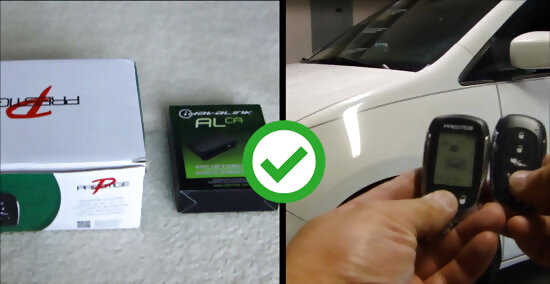
Make sure the remote starter you choose is compatible with your vehicle make and model. Read the box or contact the remote starter manufacturer to determine if it is compatible with your vehicle. You will want a starter that is compatible with your anti-theft system and secure. If it is not compatible with your anti-theft system, you will have to buy additional costly anti-theft bypass modules.
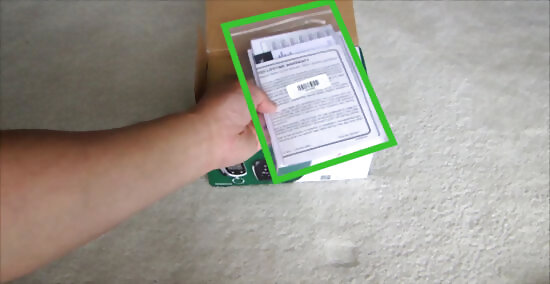
Read the installation instructions carefully. Installation instructions vary according to different brands and models of remote starters. It is important to carefully read the installation instructions and find the wiring diagrams for your particular starter. If you choose a used unit or one that does not include directions, check out online instructions before making a purchase. Make sure the website is easy to use and has complete, printable directions and wiring diagrams that clearly show how to install a remote starter in your car.
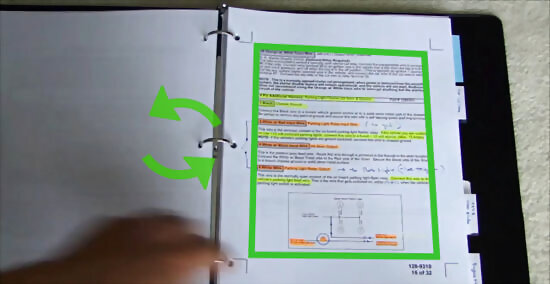
Read the owner’s manual and repair guides for your vehicle. Become familiar with the wires in your vehicle by looking over the manual and repair guides. Some standard wire connections include the starter, ignition, power and accessory controls like heat and air conditioning, security or alarm system, radio and power locks.

Gather all the tools and equipment you will need. Consult your manuals to determine which tools you will need for your particular starter and vehicle. You may require a utility knife, wire cutters, wire strippers, soldering iron and solder, electrical tape, digital multimeter, wrenches and/or screwdrivers. A digital multimeter is recommended for testing during and after installation. Some remote starters will come with all the necessary tools so check your box. For example, many systems come with an LED circuit tester to find the necessary wires for installation. It is recommended that you solder all your wires together to form better connections. If you choose to solder you will need a soldering iron and safety glasses.
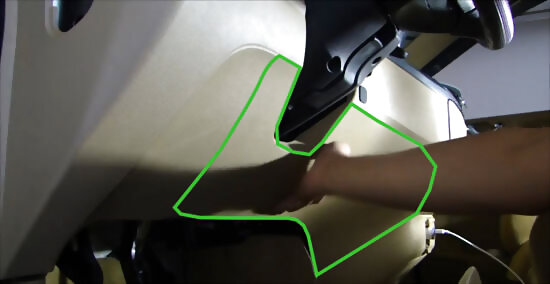
Decide where to put the main module and open the area. It must be in a secure, hidden location that won’t require extending the supplied wires. The usual position is inside the lower dash underneath the steering wheel. This way you can connect directly to the ignition wiring. Don’t place it in the engine compartment or any area where it will be exposed to extreme vibration or heat. Possible alternative locations include spaces above the radio or glove compartment, the center console and above the dashboard fuse box.

Go over the car to make sure everything is working properly prior to installation. Check the battery, switches, lights and other systems. If any electrical systems are not working correctly then you should fix them prior to beginning your installation.
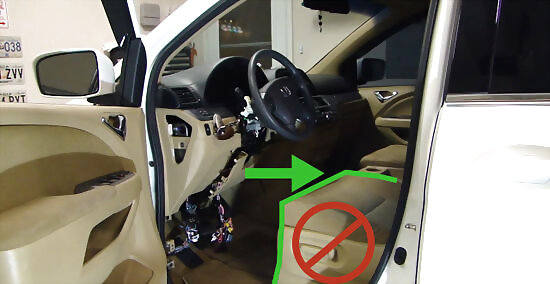
Remove the seat where the control module will be installed if possible. Removing the seat will give you more room to work while installing the system. If you cannot remove the seat then slide the chair all the way backwards.
Disconnect the battery. When working on the electrical system of your vehicle it is safer to disconnect the battery to prevent any shocks. To test the wires you will need to have the battery connected but disconnect it while you are soldering wires together to be safe. When testing the wiring with the battery connected, make sure you do not probe any air bag circuit. Most of these are encased in a yellow cover for safety. David Vespremi David Vespremi, Automotive Expert While the process may seem daunting, with the right tools, a bit of knowledge, and a comprehensive guide, even the most novice car enthusiast can undertake this project. Always ensure you're working in a safe environment and take the time to understand your vehicle's wiring and electronics before you begin.
Wiring the Remote Starter

Remove the panel covering under the steering wheel. Use a screwdriver to remove the panel covering the underside of the steering column. This is where you will access the wires to connect the starter. If the panel is not attached with screws then you might require a socket set to remove nuts securing the panel. Depending on your vehicle you may also need to remove the lower steering column cover to access the ignition switch harness. If your vehicle has an anti theft system, it is likely that you will need to remove this cover. If you choose to connect your remote starter to other functions such as the door locks and overhead lights then you will need to remove the kick panel as well. This is located on the lower left-hand corner of the driver’s foot box.
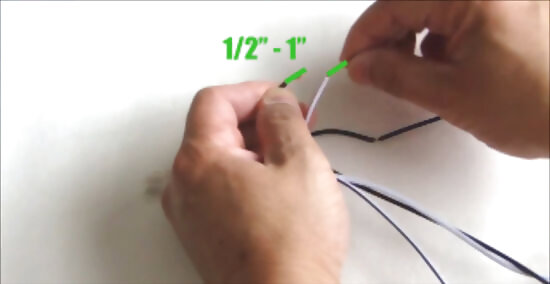
Connect all your wires properly. It is very important that you securely connect all your wires. Loose wires can cause injury or major property damage. It is best to solder all your connections to ensure that they are strong. You should also use heat shrink tubing where possible and a good quality electrical tape where you cannot. To connect wires first strip away about 1/2-1 inch (1-2.5 cm) of the coating around the wire. If there are two wires then split them and insert the attaching wire between them. Wrap the attaching wire around the stripped wire and solder them together using the soldering iron. Once they are securely attached, wrap electrical tape around the connection and use ties to hold them in place. Lightly tug on the wires to make sure they do not become loose.
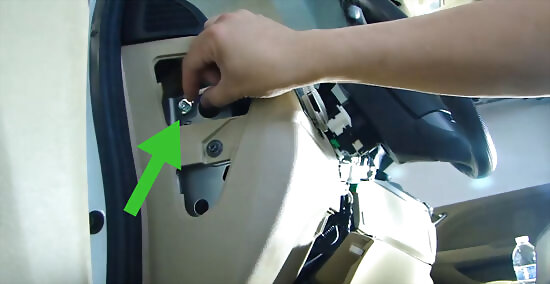
Connect the ground wire. The ground wire will be part of the starter and is often black. Connect this by screwing through the ring terminal into a clean, unpainted metal surface in the kick panel area. This wire is very important for the proper functioning of your vehicle. Because it is so important, it is better to connect the ground wire to a location in the kick panel as opposed to being close to the ignition switch in the dash. Also, it is better to use a separate grounding location to prevent feedback through wiring that may cause computer failures.

Locate the 12V constant wire on the vehicle and attach the power wire of your system to it. The 12V constant wire is the one attached to the battery and is usually found in the bundle of wires attached to the ignition switch. You can locate this wire by reading the vehicle’s manual and repair guides or testing with the multimeter. If you see any yellow or otherwise noticeable wires, do not touch them! These are the airbag wires and must not be tampered with or unplugged. To test the power wires using the multimeter attach it to the wire when the car is off and the key is out of the ignition. It should read around 12V (or the battery voltage) constantly. Some vehicles will have more than one 12V constant wire. In this case identify which is fused at a higher number of amps and attach your primary power wire to this one. If your starter has two power wires, attach the second power wire on the starter to the additional 12V constant wire. Use a soldering iron to connect all wires. This keeps them from falling apart and potentially damaging your vehicle. Add further protection by taping them completely.

Find and attach the accessory wire. The accessory wire supplies power to heat and air conditioning controls and supplies 12V when the key is in the first (accessory) position. Attach the accessory wire on the starter to the accessory wire on the vehicle. To find this wire attach the multimeter while the key is in the “off” position. The voltage should be zero in this position. Turn the key into the first position but no farther. If you have found your accessory wire, the voltage will now read around 12V (11.5-14V). Check that the voltage goes to zero ‘while’ you are cranking the engine (it will read 12V before and after cranking). Some vehicles might have more than one accessory wire to control all the functions. In this case use a relay to connect additional wires.

Locate and connect the ignition wire. The ignition wire supplies power to the fuel pump and ignition system and will be attached to the ignition switch under the steering wheel. The vehicle manual or repair guides should tell you which color this wire should be. Connect the ignition output wire on the remote starter to this wire. Once you have located this wire you can confirm its identity using the multimeter. Attach the multimeter to the wire while it is connected to a good ground wire and it should show no voltage. Turn the key to the first position and the voltage should still read zero. In the second position, before starting the car, there should be a voltage displayed on your multimeter. If there is, then you have identified the correct wire, if not then you must try again to locate your ignition wire. Some vehicles have more than one ignition wire. If so, use a relay to connect all additional ignition wires.

Find and attach the starter wire. This will only show a voltage while the vehicle is being cranked, or turned on. It supplies power to the starter solenoid when turning your vehicle on. Connect the starter wire output on your remote starter to this wire by soldering the wires together. Locate a potential starter wire to test with the multimeter. The voltage should be zero when the key is in all positions except while cranking the engine. If you think you have found the wire, start with the key in position two and then crank the engine. The voltage should read zero while the key is in position two, show 12V while cranking and then go back to zero if you release the key before the engine turns over.
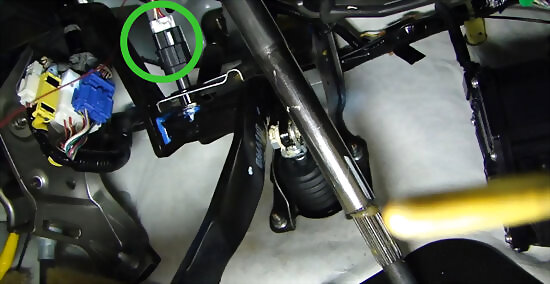
Connect the parking light and brake wires. The brake wire is usually found at the switch harness above the brake pedal but can also be found along with the parking light wires in the kick panel on the way to the rear of the vehicle. Connect these wires to the parking light and brake output wires on the remote starter. To find the brake wire press the brake pedal down while the car is on and use the multimeter to test the wire. The multimeter should read between 11.5-14V while the brake is pressed down. The brake wires in particular are important to connect because they prevent someone from driving off in your car while it is running from the remote starter.
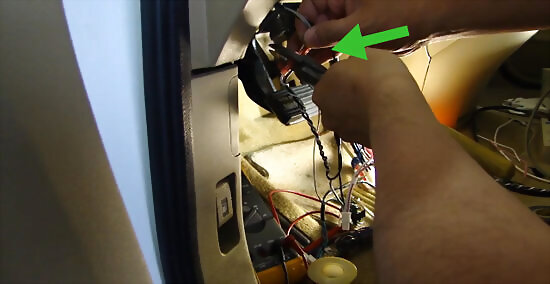
Locate and connect the tachometer wire to the tachometer output wire on the remote sensor. This is required by the remote starter so that it disengages the starter once the car has started. It can usually be found in the engine distributor or coil pack. To locate the tachometer wire look for the engine distributor by following the spark plug wires to where they junction at a distributor and find a small wire harness which should have a tachometer reference. Alternatively see the owner’s manual to determine the recommended tachometer wire’s location.
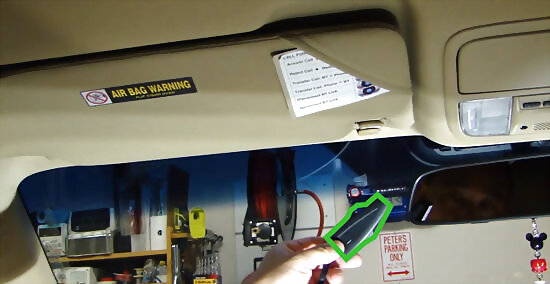
Connect any security, anti-theft and other optional components. Some systems might have additional steps for connecting to the door locks of the vehicle. Others might need a special system for getting around the anti-theft system that exists in your car. As always consult the manual or manufacturer of your remote sensor to find out which extra features your system has and where you should connect them. To connect to the door locks you can locate the wires in the driver’s side door. You may need an external relay, of which there are many different kinds. However the four most common include positive trigger, negative trigger, reverse polarity and multiplex door lock systems. Consult your vehicle manual or repair guides to determine which system your vehicle uses.
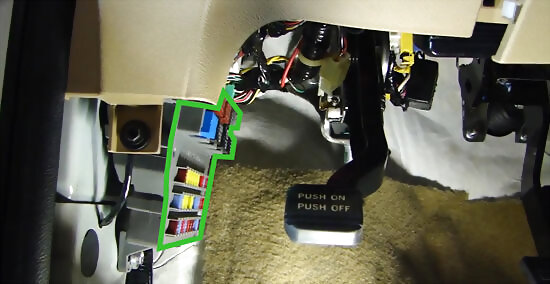
Use a relay to connect additional wires if there is more than one wire for power, accessory or the starter. A relay allows multiple wires to be connected together. There are many different designs, shapes and sizes but they all perform the same basic function. Connect the wires to the relay by wrapping them around the pins.

Secure wires with tie wraps or screws to keep them away from moving parts. This will protect the wires and make the installation look tidy and neat.
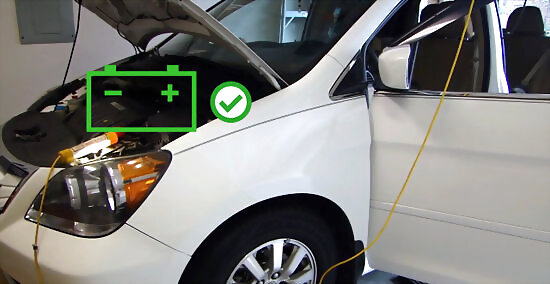
Connect the battery and test to see that all the functions work. Test your remote start and keyless entry systems as well as your brakes and brake lights to make sure everything has been connected properly and is working. If something fails to work, go back and check all the wires you have connected to see what went wrong. Make sure you test your vehicle to make sure it will start, run, and drive using your key normally. This will insure the installation did not affect any normal vehicle operations or cause any dash lights to illuminate abnormally.
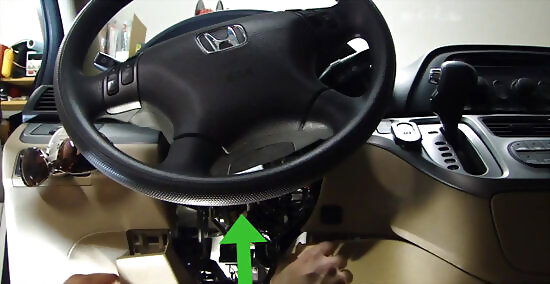
Replace the kick panel and the panel covering the ignition switch. Push the remote sensor and the wiring into the compartment and cover with the panel. Screw (or ratchet) the panel into place. Make sure not to pinch or screw into any wiring during installation.


















Comments
0 comment